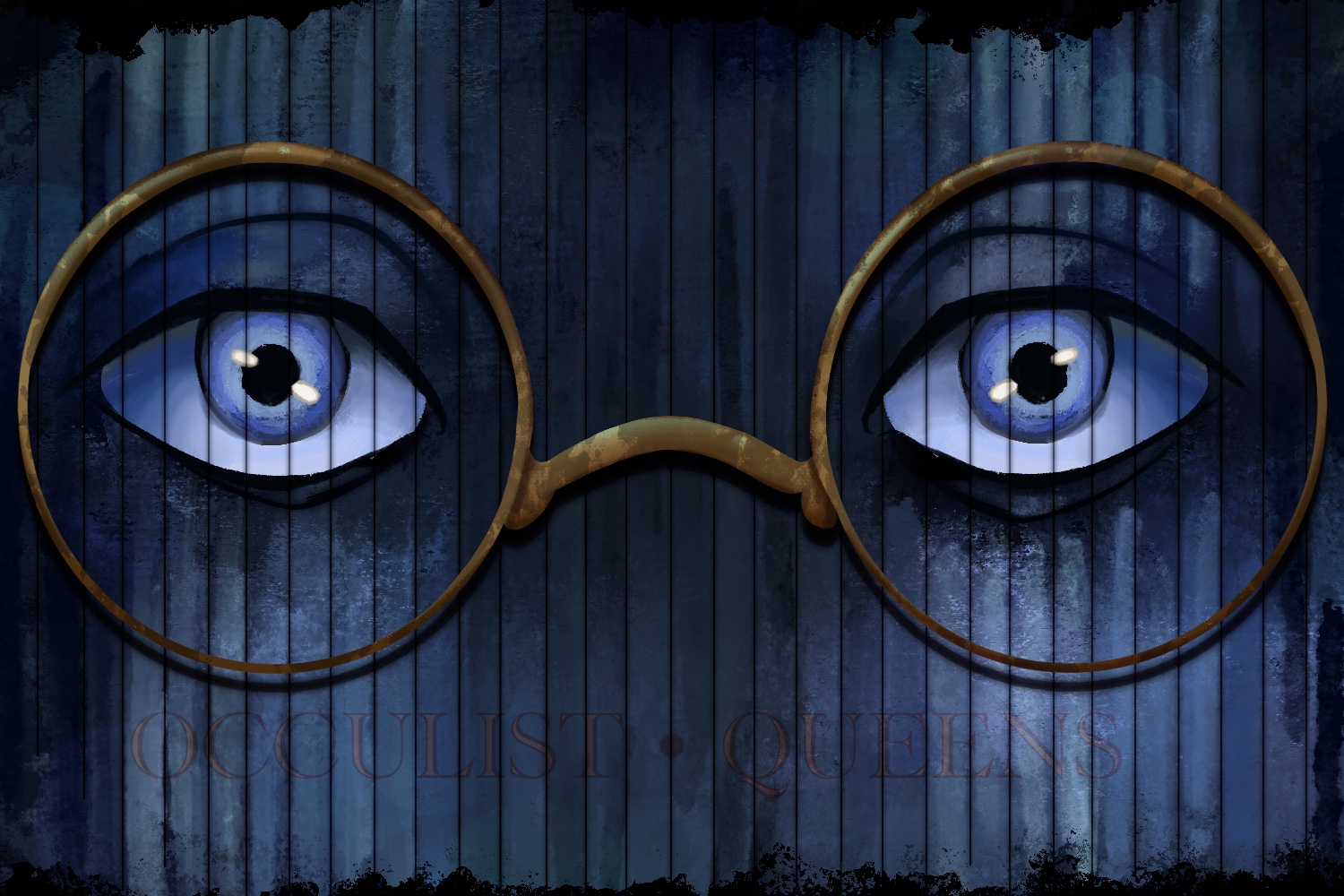“In my younger and more vulnerable years my father gave me some advice that I’ve been turning over in my mind ever since,” are the words that begin one of the most famous American books of all time. “The Great Gatsby,” by F Scott Fitzgerald has immense cultural importance and has resulted in a plethora of readaptations of the novel.
A musical adaptation has recently debuted in the Broadway sphere, making the dazzling display of drama and love into a musical. Many students were eager to watch the musical as they assumed that it would help them understand the book. Yet, further analysis of the playbook reveals that various creative decisions resulted in a very different version of the original story.
The Songs
The Changes and Similarities
From this point onward, there will be spoilers for the musical and book. This analysis will be solely based on the cast album, as that is what students would be able to listen to. There are chunks of the story missing from the recordings as there were parts of the musical that were acted out.

Photo by Matthew Murphy and Evan Zimmerman (Luisa Bernardino)
It is no secret that any book may be victim to the creative decisions of an adaptation, and many of these decisions can enrich the story in unimaginable ways. However, a person who comes in expecting a very similar story to the original material may find these alterations jarring as there are differences in the book’s pacing and events throughout the musical.
For example, the musical switched the events of the second and third chapters. Nick Carraway’s meeting with Myrtle Wilson happens after he frequents Gatsby’s famous party. While this particular change may not hold that much weight, there are many others that are remarkable.
Gatsby’s introduction in the musical alters the audience’s perception of his character in the musical. His obsession with Daisy is one of the first characteristics introduced about the character in the musical, contrasting with the novel, where it was seen after a chapter from his first appearance. While this may not seem relevant at first glance, a key aspect of the novel is how “upper-class” and cunning Gatsby is from the beginning to his speedy downfall. Thus, when Gatsby’s obsession with Daisy is introduced to him, quite a bit of his complexity is lost in the process.
Further into the story, another altered plot point is that the person who introduces Nick to the antagonist Meyer Wolfsheim is Jordan during “New Money” (or in other words, Gatsby’s party). This is another blow that takes away from Gatsby’s character. In the novel Gatsby introduces Nick to Wolfsheim, leaving readers to wonder why Gatsby would be involved with such a problematic person. However, when Jordan does the same, a sense of wonder is removed from the material and is placed into another character.
Another event that stands out is the fact that Nick actually proposes to Jordan in the period between the songs “Made to Last” and “For Better or Worse (Reprise)”. This contrasts the image of the unstable relationship they had in the novel. In the book, Nick was already engaged to Jordan when he was developing his relationship with her.
Lastly, Gatsby’s backstory is changed in its entirety. His rise from Gatz to Gatsby is not included, taking away a key element of how he rose to fame. Thus, all these aspects make him a shallower version of the new money millionaire with a carefully polished reputation that is introduced in the book.
Smaller changes that might confuse readers is the placement of the song “Beautiful Little Fool,” where the novel mentions it in the beginning and the song is second to last. Also, the fact that Myrtle reveals that she is pregnant when she is running to Tom’s apartment. And finally, the unnecessary tone shift in the end.
From a reader’s perspective, upon finishing the novel there was a bitter taste in my mouth, all these events and tragedies did not amount to anything. The finale was dark and that was necessary. But the musical changed this.
“Finale: Roaring On” begins with Nick Carraway reciting the last two paragraphs of the book. As he reaches his final lines, an end is found for the pent-up feeling of unnerve gathered from “God sees everything” through to “Beautiful Little Fool”, as it is thrown out the window and filled with the exciting theme of “Roaring On” instead. Certainly a missed opportunity to bring this feeling from the novel back to the audience.
All of these are examples of creative liberties that might confuse a person, or student, who is listening to the cast album as an addition to reading the book. But it is worth noting that despite all of these changes, the musical is an astounding spectacle filled with amazing talent all around.
These vocal performances certainly fill the void of not being able to see “The Great Gatsby” live. The main two performances that come to mind are Noblezada’s “Beautiful Little Fool” and Whitty’s “God Sees Everything”. Noblezada herself mentions that her favorite song to sing is “Beautiful Little Fool”, and there is no wonder why that’s her pick. From stellar vocals and incredible lyrics in the song, it is truly a number to remember. Many would consider “God Sees Everything” as an interlude, however, it is truly a marvel. Through the 1 minute, the listener can hear George Wilson lose track of himself solely in Whitty’s vocals as the character slowly unravels until there is only insanity left.
A positive small change was the depth added to Myrtle’s character. As she runs away from her husband to her apartment with Tom in “One-Way Road,” the listener can hear her pondering if this is the correct choice. She reflects on Tom’s nature of cheating, and even if the old money Buchannan left Daisy for her, she might eventually “turn into her [Daisy]”. This doubt and wish for stability overtakes her wish for money, resulting in her almost returning home.
Therefore, it can be found that amidst the many changes that contradict the original story, many others really added new meaning, such as the increased focus and depth on female characters such as Myrtle and Daisy. The two mentioned were crucial personalities in the story; however, their points of view were not given as much importance as they deserve, especially when Daisy is commonly described as a “nightmare dressed like a daydream.”





Struan • Sep 24, 2024 at 1:28 pm
ATE